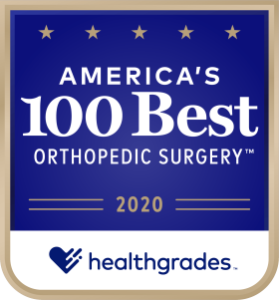
Why Is Sleep Difficult After Knee Replacement?
Pain, swelling, and limited mobility often make it hard to find a comfortable sleeping position after surgery. Poor sleep can slow healing and affect your mood. Knowing the right techniques to sleep safely will support your recovery.
 Best Sleeping Positions After Knee Replacement
Best Sleeping Positions After Knee Replacement
- Sleep on Your Back with a Pillow Under Your Knee
Sleeping on your back is the safest and most recommended position after knee surgery. Place a pillow or folded blanket under your operated knee to keep it slightly bent and elevated. This helps reduce swelling and relieves pressure on the joint.
- Side Sleeping with a Pillow Between Your Legs
If you prefer sleeping on your side, place a firm pillow between your knees to keep your legs aligned and avoid twisting the operated knee. Make sure to keep your surgical leg on top to reduce strain.
- Avoid Sleeping on Your Stomach
Sleeping on your stomach can strain your knee and is not recommended during the early recovery phase.
Tips to Improve Sleep Quality After Surgery
- Use ice therapy before bedtime to reduce swelling and discomfort. (Learn more about our post-operative care).
- Keep your leg elevated as much as possible during the day to minimize swelling.
- Follow your prescribed pain medication schedule to control discomfort and improve sleep.
- Maintain a consistent sleep routine by going to bed and waking up at the same time daily.
- Create a comfortable sleep environment: keep your bedroom cool, dark, and quiet.
 When to Consult Your Doctor
When to Consult Your Doctor
Contact Great Lakes Orthopaedics if you experience:
- Severe pain that prevents sleeping despite medication
- Numbness or tingling sensations in the leg or foot
- Signs of infection such as redness, warmth, or fever
- Difficulty moving your knee or leg
Early intervention can prevent complications and support better recovery.
Additional Resources for a Smooth Recovery
- Total Knee Replacement Recovery Guide
- Physical Therapy for Knee Replacement
- Managing Pain After Surgery (Mayo Clinic)
The content on this website is for informational purposes only and is not a substitute for professional medical advice, diagnosis, or treatment. Always consult a qualified healthcare provider with any questions about a medical condition. Do not ignore or delay seeking medical help based on content from this site. If you are experiencing a medical emergency, call 911 immediately. Great Lakes Orthopaedics makes no guarantees about the accuracy or completeness of the information and is not responsible for external links or third-party content.


 Best Sleeping Positions After Knee Replacement
Best Sleeping Positions After Knee Replacement

